Living in an English country cottage is the dream for many who aspire to the idyll of a rural lifestyle. Chocolate box images of a white picket fence, a thatched roof and roses around the door spring to mind. Meanwhile, on the inside we long for low ceilings and exposed beams, a roaring fire, creaky stairs and quirky character everywhere. If you are in the lucky position to have found such a gem chances are, though, it will need a bit of work.
Each period property is a treasure trove of history, with original architectural features that give the house its unique appeal. Many of these buildings have designated listed status, but even if there are no specific planning restrictions on tackling building defects, how do you keep a fine balance between updating your cottage to make it fit for 21st century living without losing the character that makes the property what it is?
Below, we’ve put together some inspiring ideas to help you make the most of what you have, to highlight your historic home’s exceptional charm and work out what needs changing, and how to go about it.
Embrace the building’s "good bones"
When it comes to renovating a period building, your first thoughts should centre around preservation. Your cottage will have interesting architecture and be built with characterful materials that are non-standard by today’s yardstick. Identify these parts of the building and expose and restore them in a way that both respects and celebrates the integrity of the building.
Unless you are an expert in the field yourself, it makes good sense to assemble a team of building professionals with particular expertise in period construction methods and materials.
For example, did you know that poorly maintained thatched roofs can pose a fire risk, and be vulnerable to water penetration and animal infestation? According to historic property specialist Alan Rance, "getting a thatched roof survey is essential to assess the age and condition of the thatch and the materials used, highlighting any weak areas and making you aware of any potential repairs or replacements and what they are likely to cost".
Sliding sash windows are another typical architectural feature and they are nearly always worth preserving. Often found to be in a perilous state of disrepair, it’s amazing what can be done with some dedicated craftsmanship by artisans who have a true passion for renovating key parts of our heritage buildings.
From original parquet flooring and encaustic Victorian tiles to leaded or stained glass, ornate banisters, beams, doors, panelling and more, these often hidden gems should form the basis for your cottage décor, enriching your new interior and give your home a unique identity.
How To Renovate a Cosy Cottage Without Losing its Historic Charm
Some inspiring ideas to help you make the most of what you have
Celebrate tradition but with a modern twist
For many original features, the decision to preserve or restore them to their former glory is a no brainer. That said, nobody wants to live in a museum. When it comes to major "hardworking" areas of the home such as kitchens and bathrooms, it may be necessary to make changes that add some contemporary practicality and a bit of modern design flair.
Take the classic cottage kitchen, for instance. It’s the undeniable heart of the home. The mind conjures up handcrafted Shaker or painted wood cabinetry, a generous larder cupboard, a ceramic Butler sink, a traditional range cooker and, in the middle of it all, a big wooden farmhouse table.
Country kitchens are all about honest, natural materials and simple finishes. Natural stone flagstone, slate or terracotta tiled flooring gives a rustic feel that is as hardwearing as it is forgiving in a modern context. Exposed beams help to reinforce the traditional ambience, complementing beautifully with other natural materials such as rustic wood panelling and wonderfully durable marble worktops.
Cottage kitchens don’t tend to feature shiny materials such as chrome or polished brass. Instead, opt for naturally aged materials and metals such as brushed brass, or choose wood handles for a rustic look. Decorate your kitchen with vintage finds that suit the period of the cottage and that have a degree of imperfection.
In bathrooms, combine the traditional charm of a roll top bath, vintage style basin and high-level WC with luxury materials and modern technology to give you the best of both worlds. Add underfloor heating and a separate shower enclosure with smart bathroom features such as voice activated control systems and Bluetooth speakers, for the ultimate in mod cons.
The same goes for the heating system. Cottages and open fires may go together like marshmallows and hot chocolate, but a woodburning stove updates this traditional combination with modern day energy efficiency.
Decorate with a cottage interiors theme
When it comes to choosing an interior design for your cottage, the finished look should reflect the property’s history as well as your own personal style. A fresh white or pastel scheme will help to bring light into buildings where windows are often small and ceilings low. Take a tip from the Scandi approach to maximising light and keep your interiors simple and contemporary.
While darker shades on walls and ceilings can make a room feel smaller, this is not necessarily a problem. Rich, moody tones of black, navy or forest green create cosy interiors and a sense of intimacy that works perfectly in a cottage setting. “When you go dark, you suddenly create this vibe that almost exaggerates cosiness; you just want to hunker down and never want to leave,” explains interiors guru Abigail Ahern. What’s more, deep dramatic shades are a huge ongoing interiors trend that will give your period property a contemporary edge. Finally, weave in up-to-date takes on traditional country cottage patterns, such as stripes and checks, pretty florals and classic toiles.
Whatever you decide to do about renovating your period cottage, the important thing is not to rush into any decisions. Live in the property for a few months first so you understand the space and its flow, and how you use individual rooms. Take your time to make decisions and be prepared to go with the flow, being flexible to make changes as the layers of your home are peeled back and present themselves.
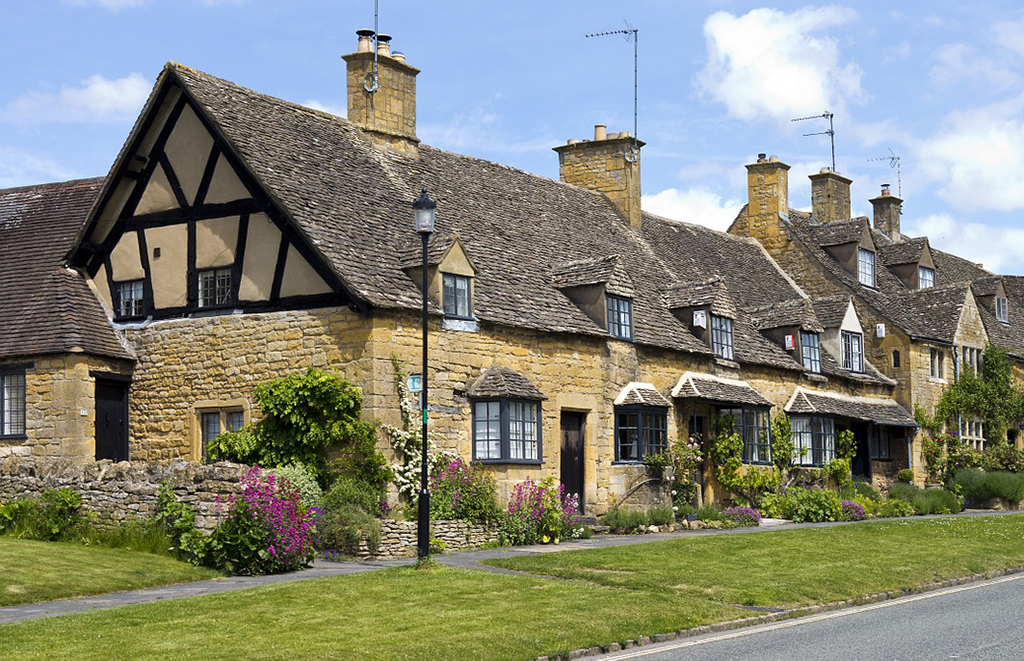

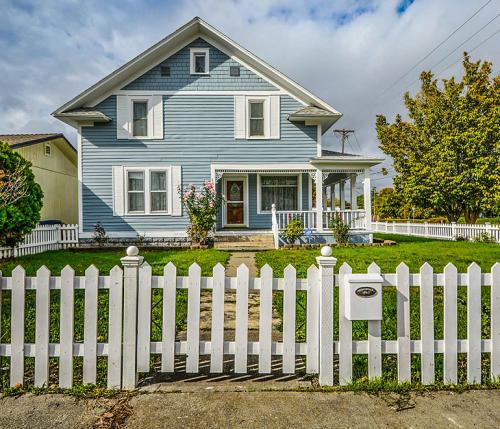
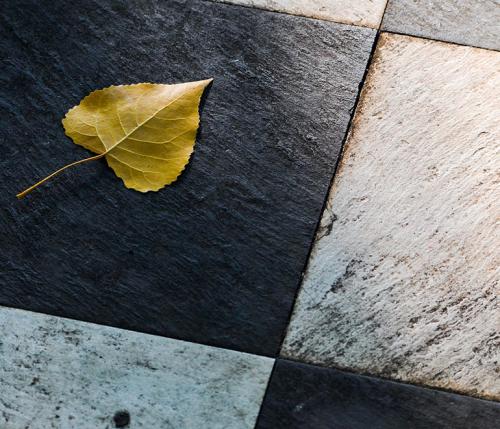
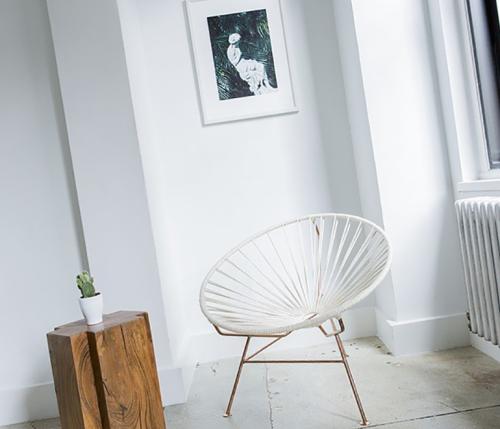
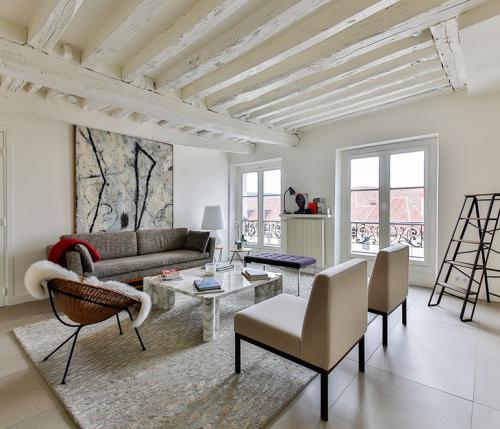
 Workspace Design Show: 2024 UK Edition
Workspace Design Show: 2024 UK Edition  Open-air elegance: Claudio Bellini x Higold, the symphony of outdoor design
Open-air elegance: Claudio Bellini x Higold, the symphony of outdoor design  A stylish oasis for outdoor spaces
A stylish oasis for outdoor spaces  How to capture your property's best features
How to capture your property's best features